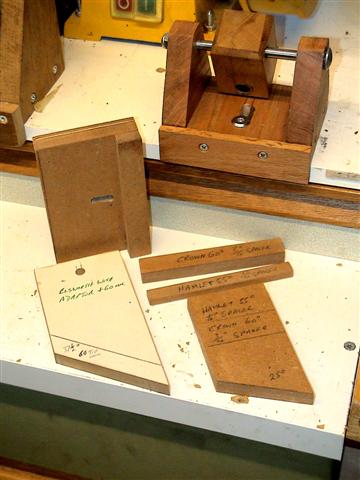nicguthrie
Established Member
Update:- You convinced me and I put my money where my mouth was, so to speak, and got the RS PE a couple of weeks ago. Thanks for the advice.
If you're still looking to sell on a couple of those trizact belts to get back some of your initial outlay, I'd be very interested. I'm also considering ordering an MX60 micromesh belt (equivalent of P240 grit European standard) and maybe a 150MX too (P360 Equivalent). The MX range is the ones that they do specifically for steel finishing, and I thought they might make good intermediate touch up belts, given that micromesh seems such high quality and to last well. The grits go down to 3 micron, but I think that may be getting a little excessive!
If anyone is interested, I could see about making a larger order and combining postage, as the only supplier I can find of the 50mm x 760mm belts is the manufacturer themselves in the USA.
If I'd be wasting my time with the idea, feel free to let me know
Nic.
If you're still looking to sell on a couple of those trizact belts to get back some of your initial outlay, I'd be very interested. I'm also considering ordering an MX60 micromesh belt (equivalent of P240 grit European standard) and maybe a 150MX too (P360 Equivalent). The MX range is the ones that they do specifically for steel finishing, and I thought they might make good intermediate touch up belts, given that micromesh seems such high quality and to last well. The grits go down to 3 micron, but I think that may be getting a little excessive!
If anyone is interested, I could see about making a larger order and combining postage, as the only supplier I can find of the 50mm x 760mm belts is the manufacturer themselves in the USA.
If I'd be wasting my time with the idea, feel free to let me know
Nic.





































